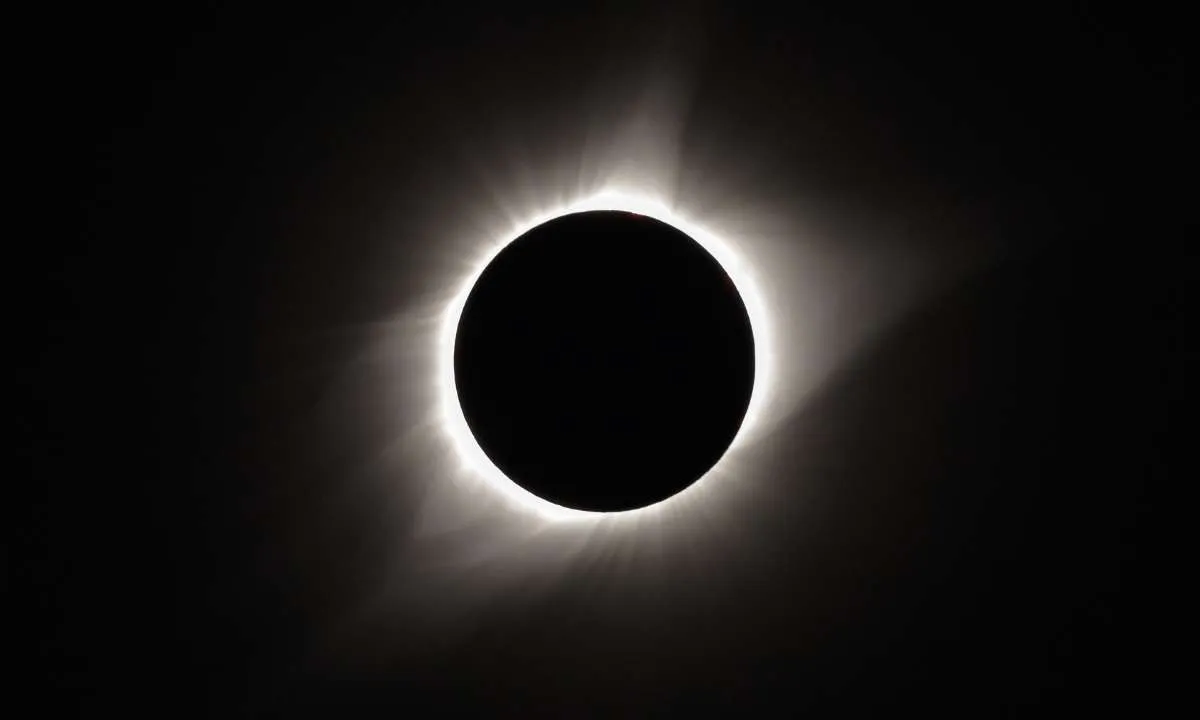Total Solar Eclipse: The total solar eclipse, which is scheduled to take place on April 8, 2024, will unfortunately continue to be a faraway spectacle for fans in India. This is despite the fact that it is an astronomical event that will excite onlookers across North America.
The celestial event, which occurs when the moon totally obscures the sun and casts a shadow on Earth, will traverse across Mexico, the United States of America, and Canada, although it will not be visible from the Indian subcontinent.
How to Watch The Total Solar Eclipse in India
The eclipse is scheduled to begin over the South Pacific Ocean, and the first point of contact on continental North America will be the Pacific coast of Mexico at approximately 11:07 a.m. Pacific Daylight Time (11:37 p.m. Indian Standard Time). From there, the shadow will move across a number of states in the United States, including Texas, Oklahoma, Arkansas, Missouri, Illinois, Kentucky, Indiana, Ohio, Pennsylvania, New York, Vermont, New Hampshire, and Maine, with some areas of Tennessee and Michigan experiencing a limited amount of visibility. (Total Solar Eclipse Date and Time).
The phenomenon will then make its way into Canada, passing over areas such as Southern Ontario, Quebec, New Brunswick, Prince Edward Island, and Cape Breton, before finally departing over the Atlantic coast of Newfoundland at approximately 5:16 p.m. New Daylight Time (1:16 am Indian Standard Time).
TO WATCH IT FROM INDIA: HOW TO DO IT
There is no reason for Indian sky watchers to feel excluded, despite the geographical distance between them. Beginning at 10:30 p.m. Indian Standard Time (IST), a live broadcast of the eclipse will be available to see thanks to the advancement of technology.
This digital window provides devotees from regions that are not on the road of totality, such as India, with a one-of-a-kind opportunity to participate in the experience online.
There is a large amount of interest in the eclipse that will take place in 2024 since its route will traverse more densely populated areas than in past eclipses. This will make it possible for about 31.6 million people to see the spectacle without having to leave their cities.
This accessibility, in conjunction with the rare and mesmerizing view of the sun’s corona during totality, makes it an event that is greatly awaited by both astronomers and spectators who are not particularly interested in the subject.
If you are in India and are interested in catching a peek of this unique celestial dance, marking your calendars for the live broadcast is the ideal way to join millions of people all around the world in experiencing the marvels of our universe unfold. The worldwide community is brought together in a moment of cosmic amazement, despite the fact that the actual experience of the eclipse may be miles distant. The shared excitement and wonder transcend geographical borders, bringing people from all over the world together.



